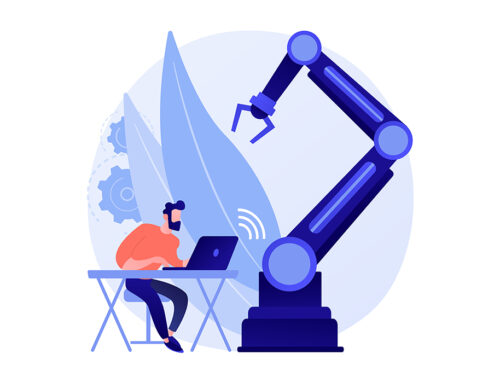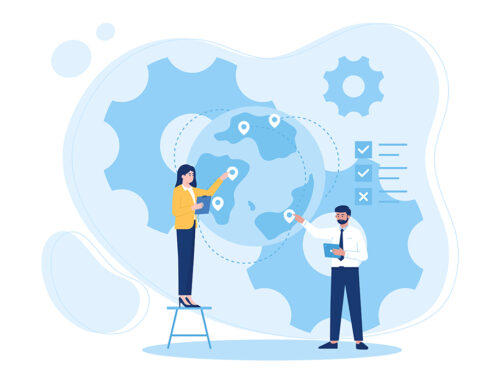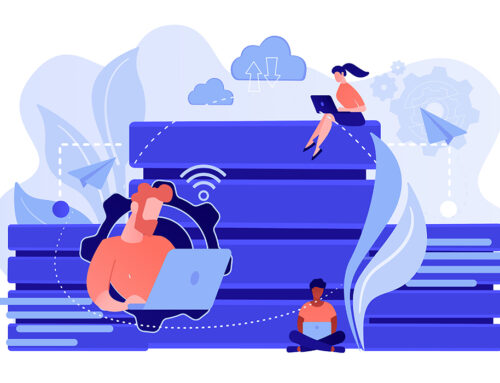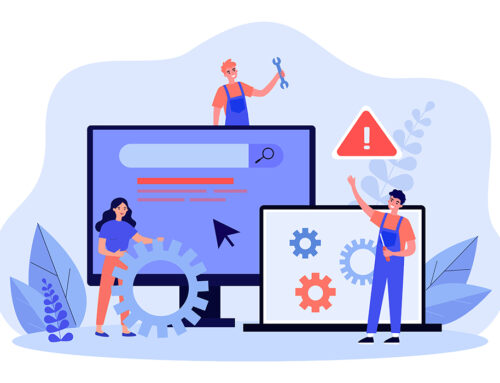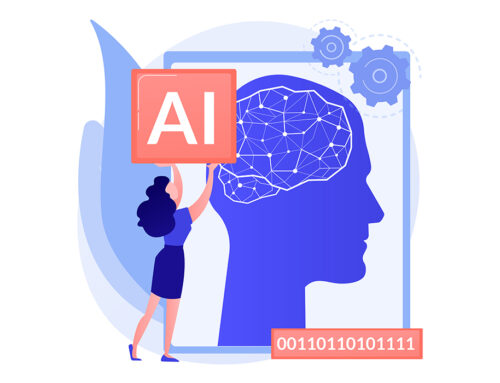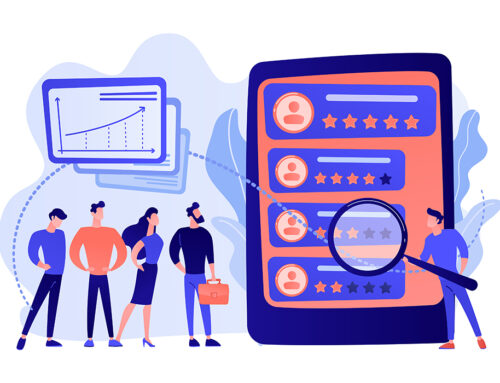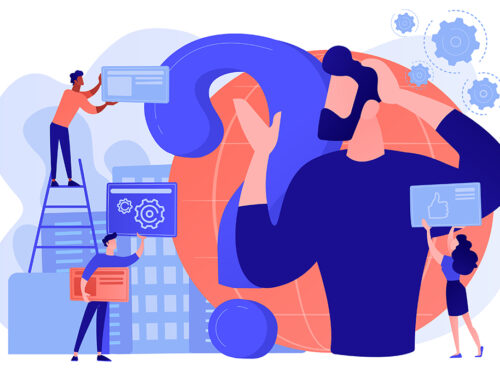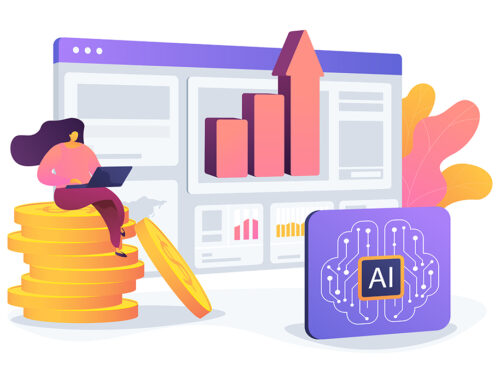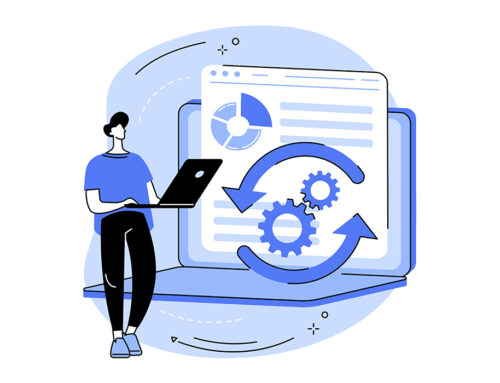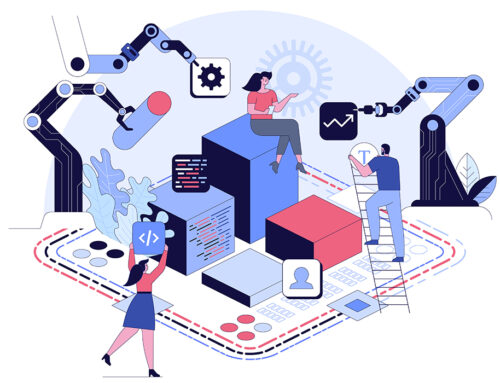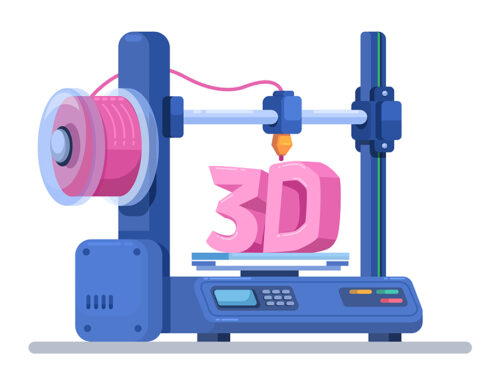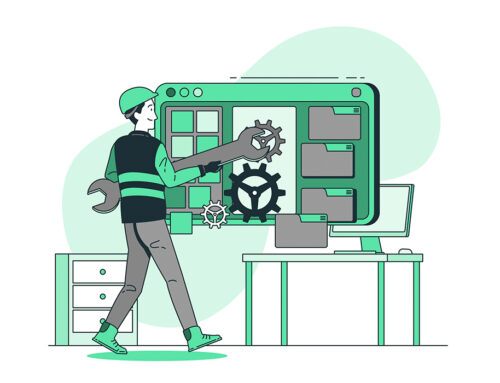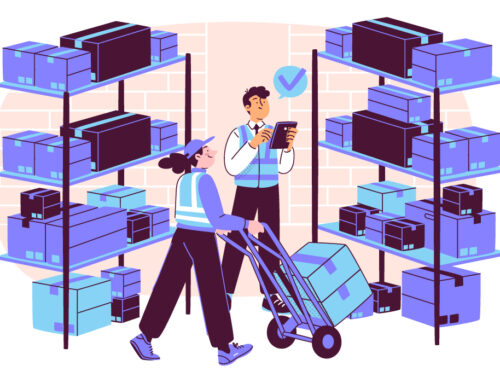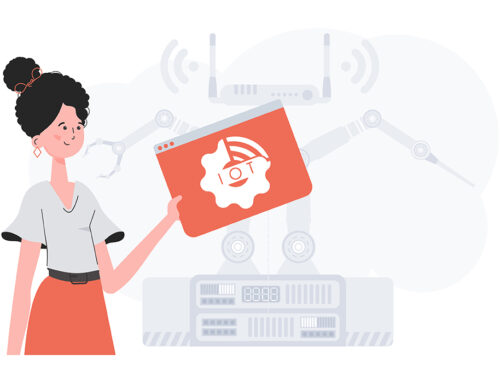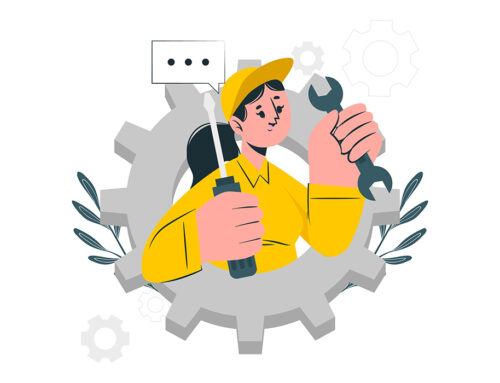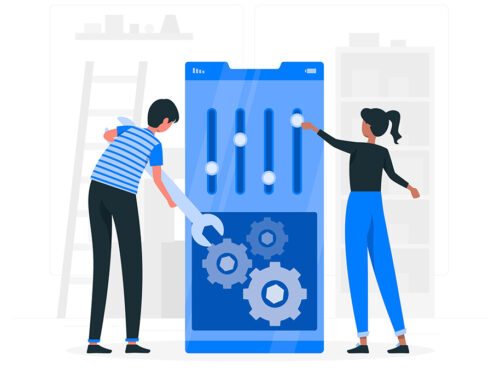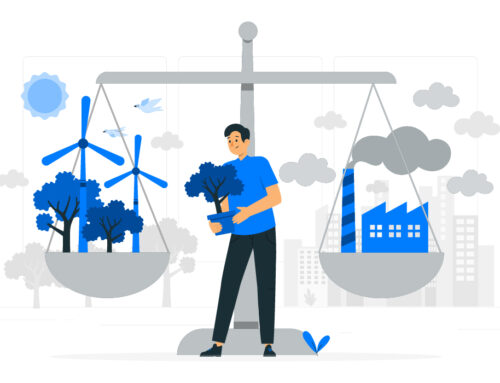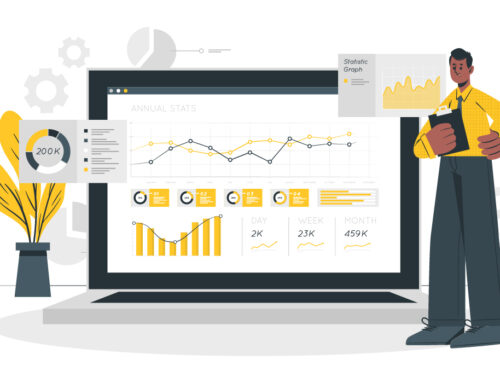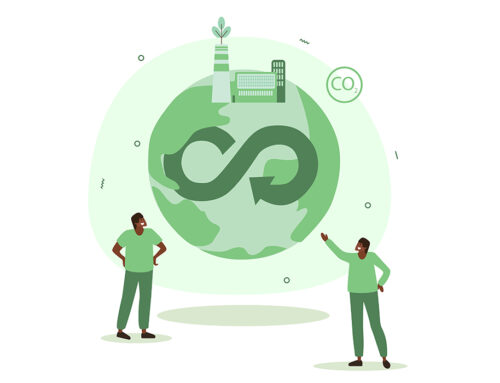In many organizations, customer information is scattered across different systems. Sales teams manage deals, service teams handle support requests, finance tracks invoices, and operations oversees order fulfillment. Each team collects important information, but because it’s stored in separate systems, the organization lacks a complete view of the customer.
Author Radiana Pit | Copperberg
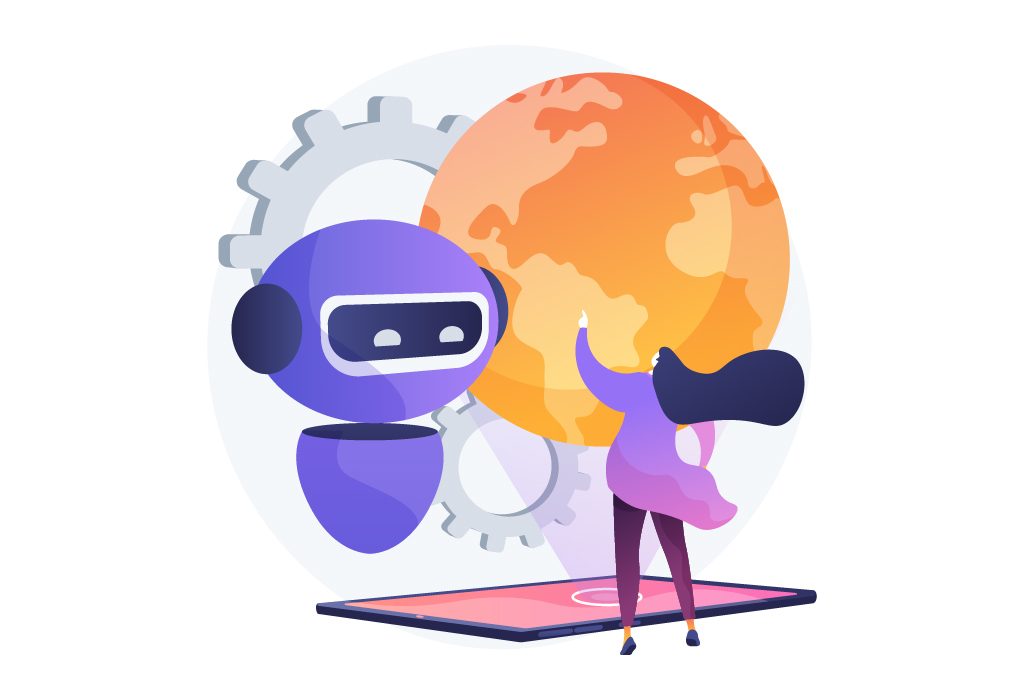
Photo: Freepik
That fragmented view creates challenges both inside and outside the company. For customers, it means their journey feels broken. A person who reaches out about a delayed order may have to repeat the same details to sales, support, and logistics because none of these teams have access to the same information. Response times slow down, communication feels inconsistent, and the overall experience becomes frustrating.
For teams, silos mean wasted effort. Instead of focusing on solving customer problems or strengthening relationships, they spend hours trying to piece together data from different systems, cross-checking spreadsheets, emailing other departments, or waiting for updates that should be automatic. The more time they spend untangling disconnected systems, the less time they have for work that truly adds value.
Legacy CRM systems were not designed to address this issue. They were designed mainly as systems of record, a place to log interactions, store transactions, and keep track of customer history. Useful for documentation, but not for breaking down silos, sharing intelligence, or coordinating action across the enterprise. As a result, companies find themselves with lots of customer data but little ability to use it in ways that truly matter to customers.
Why silos cost more than efficiency
Disconnected systems slow things down, and in doing so, they hold back growth. When information stays locked in one department, the business misses chances to act on it in ways that drive value.
In everyday scenarios:
- A service agent might notice a customer calling more frequently, indicating frustration or the risk of churn. But if there’s no way to share that insight with sales, the opportunity to proactively strengthen the relationship, or even save the account, slips away.
- A marketing team might design a high-impact campaign to boost demand, only to learn later that supply chain issues mean orders cannot be fulfilled on time. What could have been a win for the business turns into disappointment for customers.
- Finance might spot a recurring billing error that frustrates customers, but without a clear channel to inform product or operations teams, the underlying issue remains unresolved.
These seemingly minor inconveniences and inefficiencies inside the company actually add up to lost revenue, higher churn, and weaker customer relationships. For customers, these internal gaps feel like broken promises, and in today’s competitive market, broken promises quickly push people toward competitors.
ServiceNow’s recent innovation brief, Tomorrow’s AI-Powered CRM, outlines why these silos cannot be fixed with more record-keeping. Simply collecting data is not enough. What organizations need today is intelligence that moves freely across functions, so insights from one team instantly become actions for another. When information flows, departments stop working at cross-purposes and start acting as one coordinated enterprise.
From silos to orchestration
AI-powered CRM transforms the way organizations operate by connecting the dots across front, middle, and back office functions. Instead of each department working in its own lane, intelligence flows seamlessly across the enterprise, enabling teams to act together as one coordinated system.
Across daily operations, this solution improves both customer experience and business outcomes:
- Cross-functional visibility: When teams share a single, up-to-date view of each customer, no one is left working from partial or outdated data. Sales, service, and operations can all see the same information, reducing duplicated effort, avoiding miscommunication, and delivering seamless and consistent experiences.
- Proactive coordination: When AI detects a potential issue, like a delayed shipment or a billing error, it automatically notifies the right teams. By addressing problems before the customer notices or experiences them, the system turns what could have otherwise been a frustrating experience into an opportunity to build trust.
- Revenue alignment: Growth opportunities are often hidden within operational signals. A surge in support requests may indicate interest in a new feature, or supply chain data may reveal the right time for a promotion. With AI-powered orchestration, those signals flow directly into sales and marketing strategies, helping businesses capture revenue that would otherwise be missed.
- Smarter decisions at scale: Information spreads across the enterprise. Lessons from one area, whether a customer segment, office, or function, can feed improvements everywhere and thus help the organization get smarter and deliver more value over time.
When organizations move from fragmented systems to a unified, intelligent solution, they unlock the power to predict demands, synchronize teams, and scale in alignment with customer expectations.
Growth through connected intelligence
The biggest constraints to growth often come from within the organization. When critical customer and operational information is scattered across departments, teams cannot act quickly or decisively to match market dynamics. Connecting intelligence across the enterprise expedites market response, removes friction, and unlocks new paths to growth.
Breaking silos drives measurable impact:
- Faster resolutions and stronger loyalty: Teams identify and address issues before they escalate, creating smoother experiences that strengthen customer trust.
- Higher revenue: Hidden opportunities for cross-sell, up-sell, and retention are revealed in operational data and acted on immediately.
- Greater efficiency: Automated workflows replace manual and repetitive handoffs, lessening the burden on teams and enabling them to move faster.
- A more empowered workforce: Teams spend less time hunting for information and more time engaging in strategic, customer-focused work.
Beyond these direct business outcomes, there is a cultural shift as well. Team members feel more confident in their decisions when they know the system is showing them the most relevant insights. Collaboration becomes natural rather than forced, and teams begin to see themselves not as separate functions but as parts of one connected journey with the customer.
A system of action for growth
The transition from legacy, siloed CRM to enterprise-wide intelligence is a cultural transformation as much as a technology upgrade. While old systems logged transactions, modern CRM platforms orchestrate activity across the business. Teams anticipate customer needs, coordinate effortlessly across departments, and respond as a unified organization.
Tomorrow’s AI-Powered CRM shows that CRM is evolving from a passive system of record into a platform that drives coordinated, intelligent action by connecting teams, uncovering revenue potential, and building stronger customer relationships. The impact extends beyond efficiency, delivering growth that is reliable, responsive, and informed by real-time insights.
About Copperberg AB
Founded in 2009, Copperberg AB is a European leader in industrial thought leadership, creating platforms where manufacturers and service leaders share best practices, insights, and strategies for transformation. With a strong focus on servitization, customer value, sustainability, and business innovation across mainly aftermarket, field service, spare parts, pricing, and B2B e-commerce, Copperberg delivers research, executive events, and digital content that inspire action and measurable business impact.
Copperberg engages a community reach of 50,000+ executives across the European service, aftermarket, and manufacturing ecosystem — making it the most influential industrial leadership network in the region.

